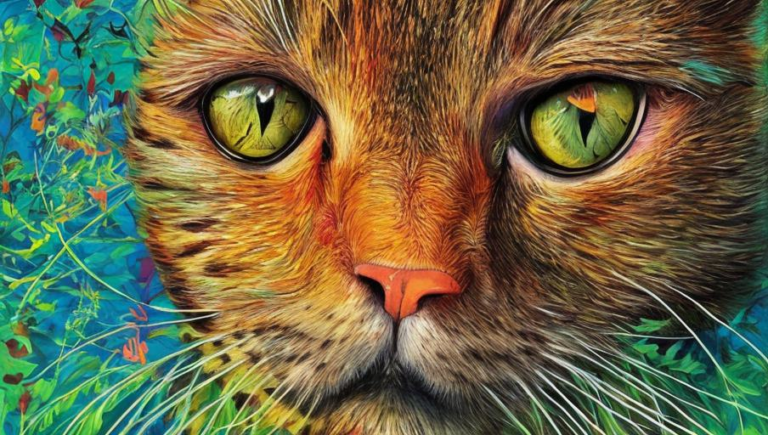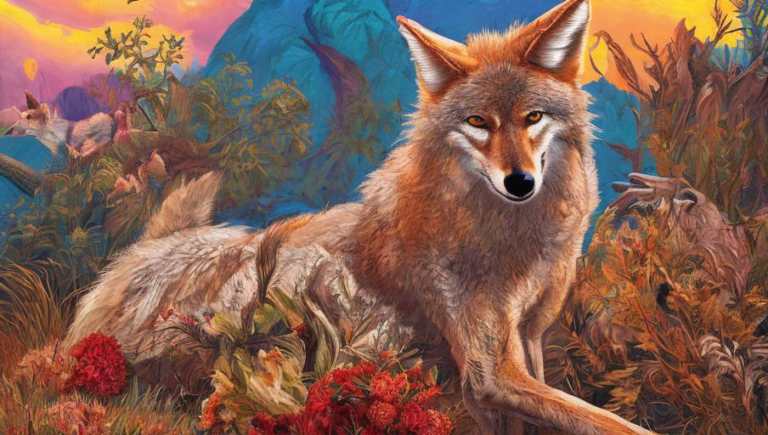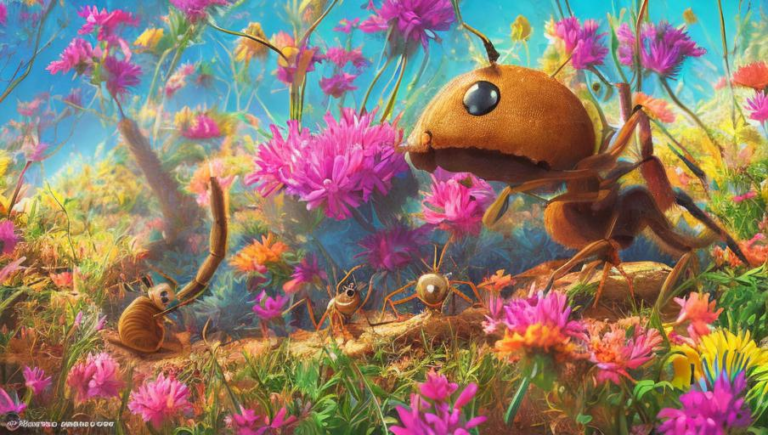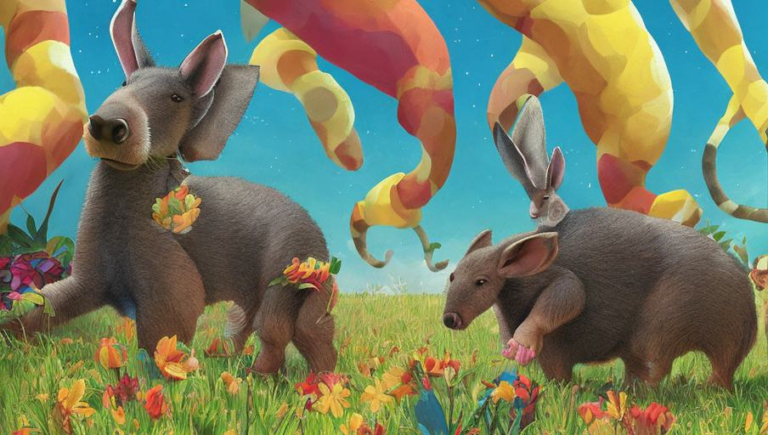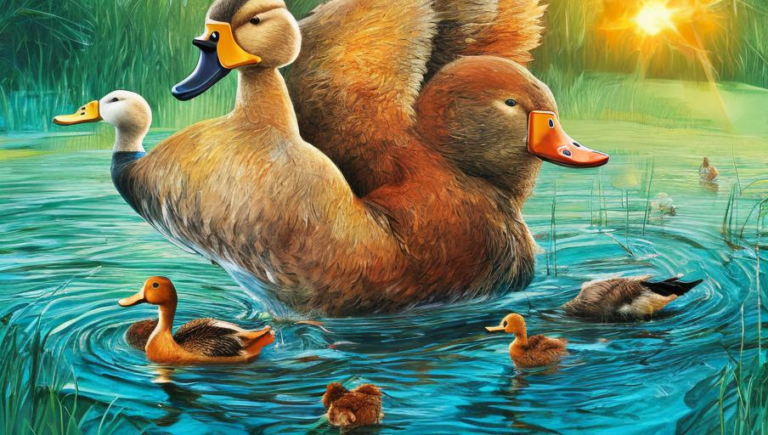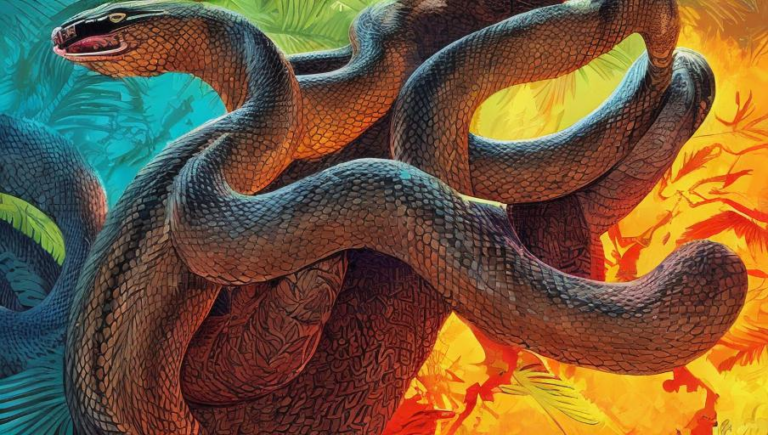Learning About Echidnas
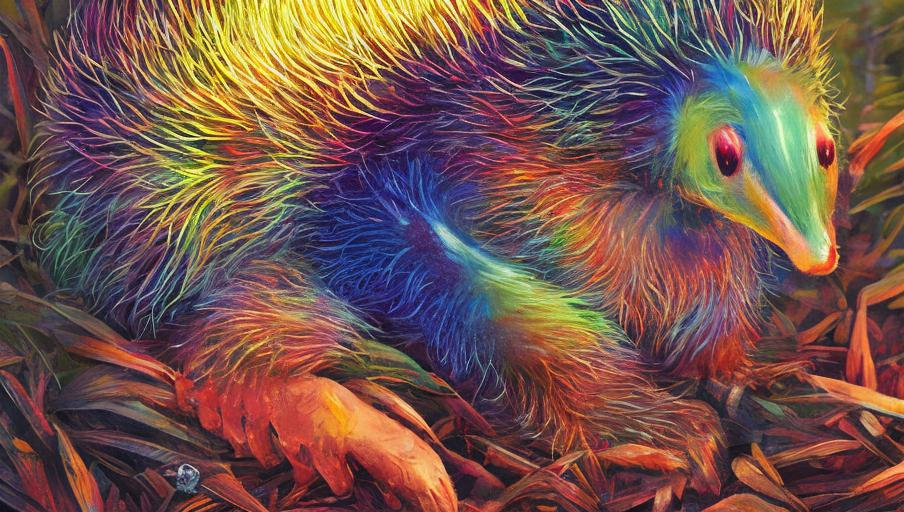
Echidnas – Fascinating Animals
Echidnas are fascinating animals that are found in the wild in Australia and New Guinea. They have a unique appearance with a spiny coat, long snout, and beady eyes. Echidnas have strong claws and a powerful sense of smell, which they use to find food. Despite their strange appearance, they are actually quite gentle creatures that are shy and slow-moving.
Unique Adaptations
Echidnas have a variety of unique adaptations that help them survive in their environment. They have a low metabolic rate and can go for long periods without food. They are also well insulated so they can survive in a wide range of temperatures. Echidnas also have the ability to curl up into a tight ball when threatened, which helps protect them from predators.
Diet and Habits
Echidnas are mainly insectivores and will eat termites, ants, beetles, and other small invertebrates. They use their strong claws to dig into the ground and find food. Echidnas are solitary creatures and spend most of their time alone, coming together only to mate.
Reproduction and Offspring
Echidnas reproduce via internal fertilization. The female will lay a single, leathery egg, which is then incubated in her pouch. After around 10 days, the baby echidna (known as a ‘puggle’) hatches and is nursed in the pouch until it is around seven months old. At this point, the puggle is ready to venture out on its own.
Conservation Status
The echidna is considered to be a species of least concern on the IUCN Red List. The main threats to echidnas are habitat loss and illegal hunting. Conservation efforts are being made to protect echidnas and their habitats, including the establishment of protected areas in Australia and New Guinea.
Conclusion
Echidnas are fascinating creatures that have a variety of unique adaptations that make them well suited to their environment. They are an important part of the ecosystem and are threatened by habitat loss and illegal hunting. Conservation efforts are being made to ensure the survival of echidnas and other wildlife species.
